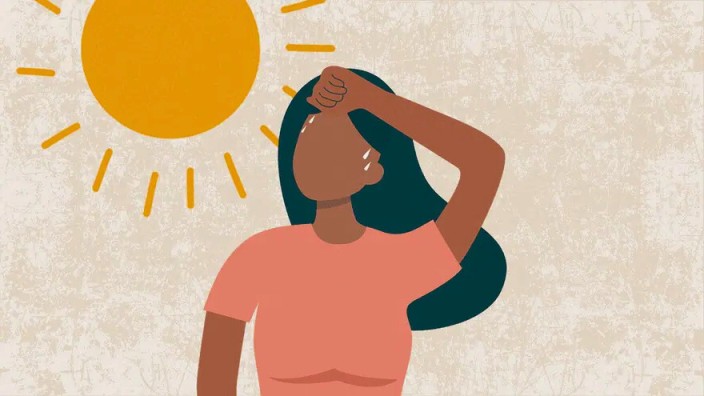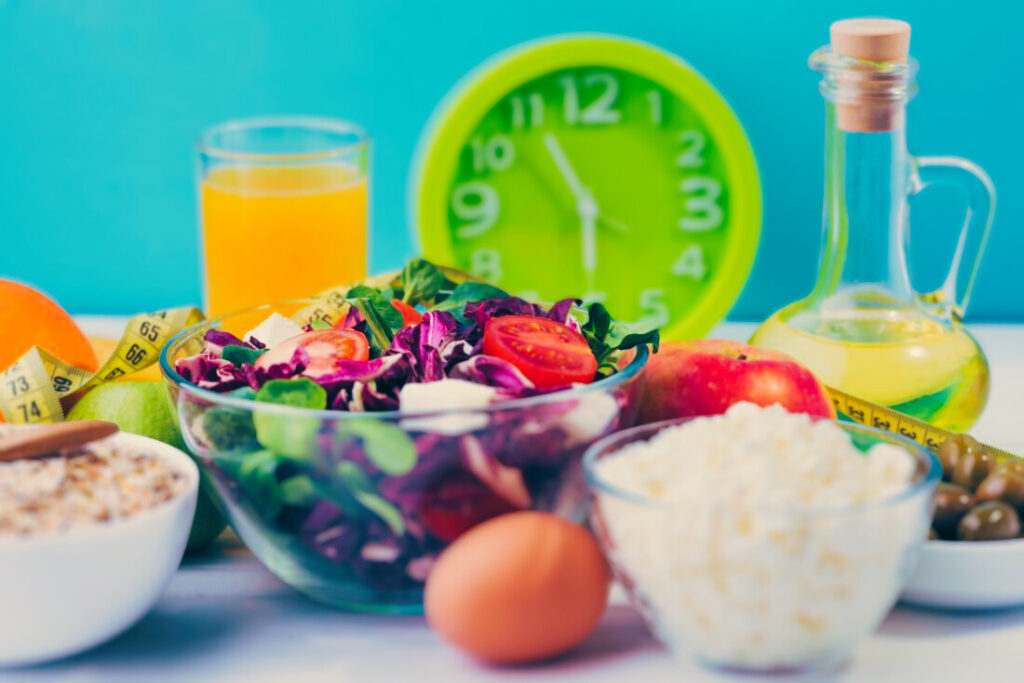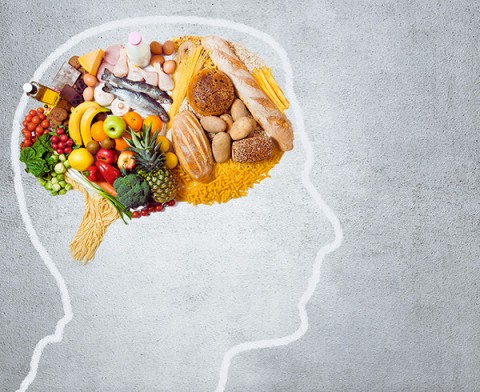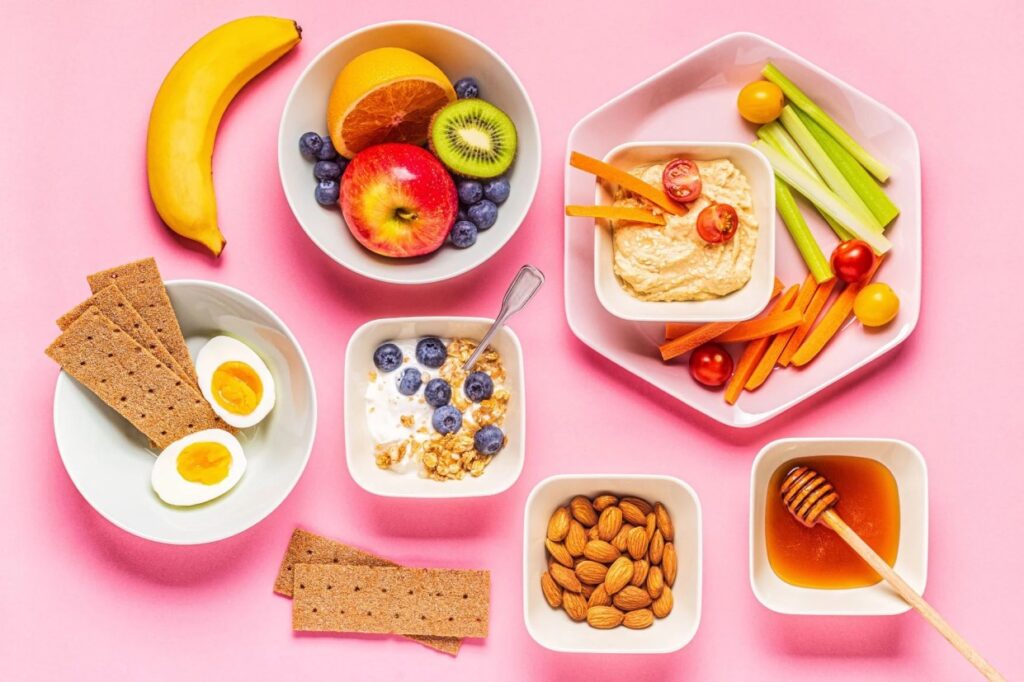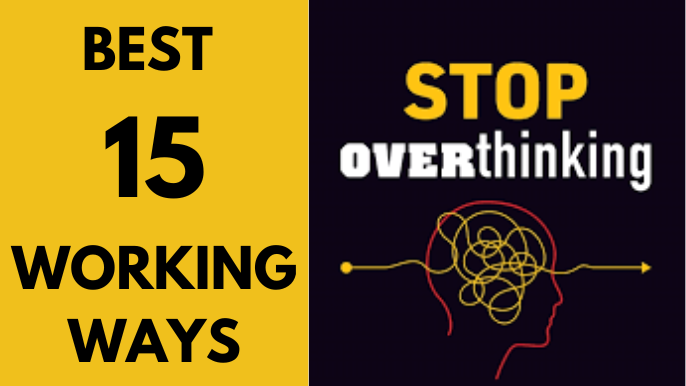When you think about diabetes management, you might focus on cutting out obvious sugar sources like soda, candy, and desserts. But did you know that some vegetables can also sabotage your blood sugar levels?
While vegetables are generally healthy, certain ones contain high amounts of starch, natural sugars, or a high glycemic index (GI), making them a poor choice for diabetics.
If you have diabetes, choosing the right vegetables can help keep your blood sugar levels in check, while the wrong ones can lead to unwanted spikes. In this article, we’ll discuss the top 10 worst vegetables for diabetics and why they should be avoided or consumed in moderation.
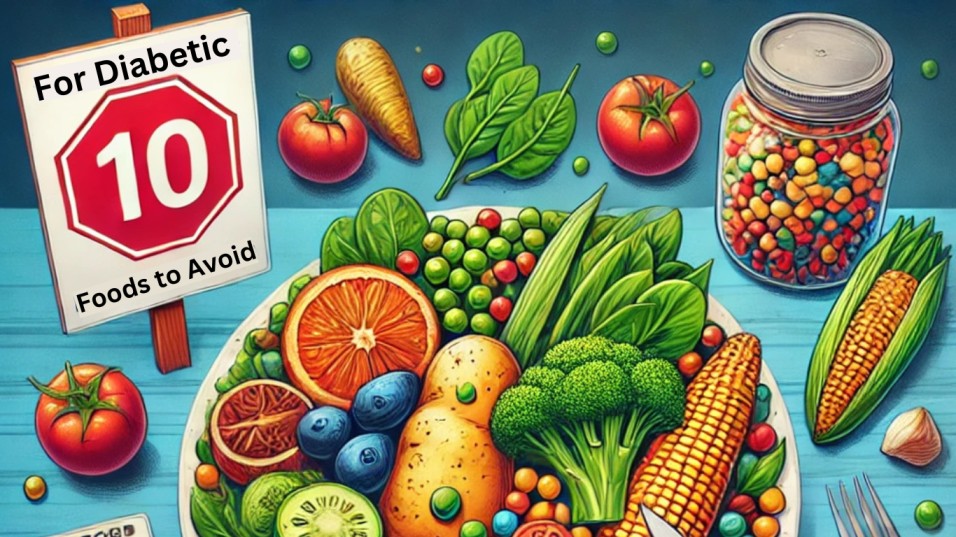
Why Some Vegetables Are Bad for Diabetics
Not all vegetables are diabetes-friendly. Some contain higher amounts of carbohydrates and sugars, which can rapidly raise blood sugar levels. Here’s why:
1. Glycemic Index (GI) and Its Impact
The glycemic index (GI) measures how quickly a food raises blood sugar levels. High-GI foods cause rapid spikes, while low-GI foods provide a slow, steady energy release.
- High GI (Bad for diabetics): Causes a fast rise in blood sugar (e.g., potatoes, corn).
- Low GI (Better choice): Has a gradual effect on blood sugar (e.g., spinach, kale).
2. Hidden Sugars and Starches
Some vegetables contain more carbohydrates than you’d expect, leading to blood sugar spikes. Even though they are “natural,” they can still impact your glucose levels.
3. Effects on Insulin Resistance
High-carb vegetables can contribute to insulin resistance, making it harder for your body to regulate blood sugar.
Now, let’s dive into the top 10 vegetables that diabetics should avoid or limit.
Top 10 Worst Vegetables for Diabetics
1. Potatoes
Potatoes are one of the highest-carb vegetables, making them problematic for diabetics. Whether they are fried, mashed, or baked, they contain large amounts of starch, which quickly converts into sugar in the bloodstream.
Why Are Potatoes Bad for Diabetics?
- High glycemic index (GI) score (above 80 for most varieties).
- Rapidly raises blood sugar levels.
- Fried or processed versions (like French fries) add unhealthy fats and calories.
Alternative: Choose cauliflower mash or roasted zucchini as a substitute.
2. Corn
Corn is another high-carb vegetable that can cause blood sugar fluctuations. Despite being rich in fiber, it is also loaded with natural starches and sugars.
Why Is Corn Bad for Diabetics?
- High in carbohydrates (one cup of corn = ~27 grams of carbs).
- Processed corn (cornflakes, popcorn) has an even higher glycemic load.
- Raises insulin resistance over time if consumed in excess.
Alternative: Opt for broccoli, cauliflower, or leafy greens instead.
3. Peas
While peas are often considered a healthy vegetable, they contain more carbohydrates than most other green veggies.
Why Are Peas Bad for Diabetics?
- One cup contains about 20 grams of carbs.
- Can spike blood sugar if eaten in large amounts.
- Canned peas often contain added preservatives and sodium.
Alternative: Choose green beans or asparagus for a lower-carb option.
4. Sweet Potatoes
Many people think sweet potatoes are a healthier alternative to regular potatoes, but they still contain high levels of carbohydrates and sugar.
Why Are Sweet Potatoes Bad for Diabetics?
- GI score varies (44-94), depending on cooking method.
- Boiling reduces GI, but baked or fried sweet potatoes have a high impact on blood sugar.
- Natural sugars in sweet potatoes can cause unwanted spikes.
Alternative: Try spaghetti squash or turnips instead.
5. Carrots (When Cooked)
Raw carrots are fine, but cooked carrots release their natural sugars, making them more likely to affect blood glucose levels.
Why Are Cooked Carrots Bad for Diabetics?
- Cooking increases their glycemic index.
- The body absorbs the sugar faster when carrots are cooked.
- Can cause unexpected glucose spikes in large amounts.
Alternative: Eat raw carrots instead of cooked ones.
6. Beets
Beets are known for their deep color and health benefits, but they also contain natural sugars that can spike blood sugar.
Why Are Beets Bad for Diabetics?
- High sugar content (one cup has around 9 grams of sugar).
- Can cause insulin spikes if eaten in excess.
- Beet juice has an even stronger effect on blood sugar.
Alternative: Try radishes instead.
7. Pumpkin
Pumpkin is a seasonal favorite, but it has a moderate to high glycemic index, meaning it can raise blood sugar levels quickly.
Why Is Pumpkin Bad for Diabetics?
- GI varies based on preparation (pumpkin pie is the worst!).
- Canned pumpkin can contain added sugars.
- High carb content can make portion control difficult.
Alternative: Stick to zucchini or spaghetti squash instead.
8. Butternut Squash
Butternut squash is often mistaken for being low-carb, but it actually has a high sugar content similar to sweet potatoes.
Why Is Butternut Squash Bad for Diabetics?
- Contains about 16 grams of carbs per cup.
- High glycemic index makes it spike blood sugar levels.
- Often used in sugary recipes like soups and casseroles.
Alternative: Choose zucchini or eggplant instead.
9. Plantains (Green Bananas)
Plantains are starchy and high in carbs, meaning they can quickly convert to sugar in the body.
Why Are Plantains Bad for Diabetics?
- One cup of cooked plantains contains about 48 grams of carbs.
- Often fried, adding unhealthy fats.
- Can lead to long-term insulin resistance.
Alternative: Choose eggplant or cauliflower as a substitute.
10. Cassava (Yuca)
Cassava, also known as yuca, is extremely high in starch and should be avoided by diabetics.
Why Is Cassava Bad for Diabetics?
- High-calorie and high-carb content.
- Quickly raises blood sugar levels.
- Often used in processed foods like cassava flour.
Alternative: Try cabbage or radishes instead.
Better Alternatives for Diabetics
Instead of the high-carb veggies listed above, try these low-carb, diabetes-friendly options:
✅ Leafy Greens: Spinach, kale, Swiss chard
✅ Cruciferous Vegetables: Broccoli, cauliflower, Brussels sprouts
✅ Zucchini & Cucumber: Low in carbs, high in water content
✅ Bell Peppers: Add natural sweetness without sugar spikes
Conclusion
Managing diabetes doesn’t mean giving up all vegetables. By choosing low-glycemic, fiber-rich options, you can keep your blood sugar stable while enjoying a nutritious diet. Avoid or limit high-carb vegetables like potatoes, corn, and beets, and opt for diabetes-friendly alternatives instead.
FAQs
1. Can diabetics eat potatoes in small amounts?
Yes, but they should be eaten sparingly and paired with protein.
2. Is corn bad for diabetics?
Corn is high in carbohydrates, so it should be eaten in moderation.
3. Are raw carrots better than cooked carrots for diabetics?
Yes, raw carrots have a lower glycemic impact than cooked ones.
4. What vegetables help lower blood sugar?
Leafy greens, broccoli, and cauliflower are excellent choices.
5. What is the best substitute for potatoes?
Cauliflower or turnips are great low-carb alternatives.
